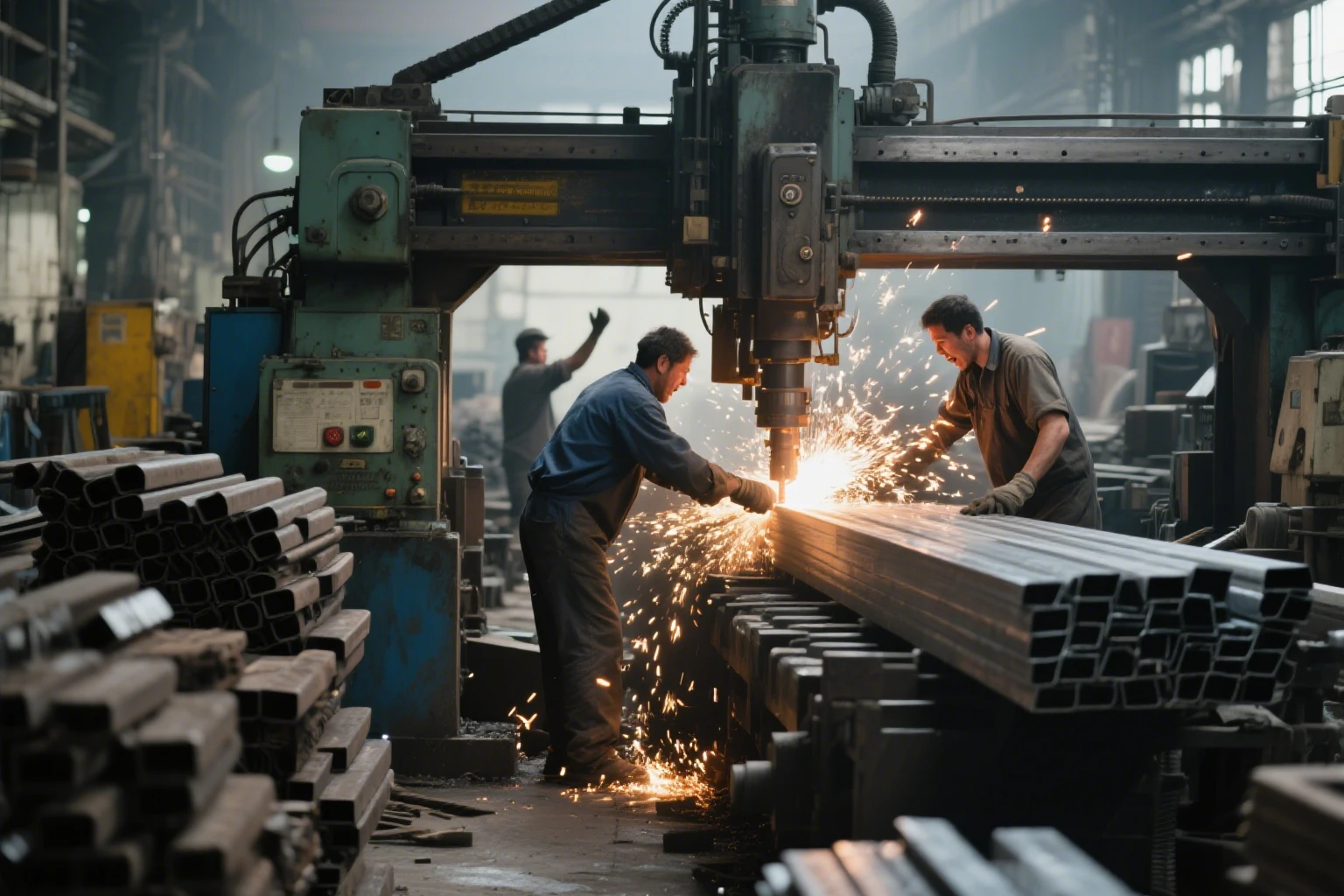What Makes AR500 and A36 Steel Different?
Getting to Know AR500 Steel’s Makeup and Features
AR500 steel is a carbon-rich, hard alloy steel. It’s prized for its amazing strength and durability against wear. They temper and quench it in order to heat-treat. That renders it very resistant in adversarial conditions. The “500” in AR500 refers to its hardness—roughly 500 Brinell Hardness (HB). That is to say that it deflects scratches and dents well.
Checking Out A36 Steel’s Composition and Traits
A36 steel, though, is a low-carbon steel. It’s a favorite for building stuff because it welds easily and bends well. It’s mostly iron, mixed with tiny bits of carbon, manganese, phosphorus, sulfur, and silicon. Unlike AR500, it skips the fancy heat treatment. Instead, it’s hot-rolled. This keeps it softer but easier to work with. A36 has a yield strength of about 36 ksi (250 MPa). It’s great for projects where you don’t need extreme strength.In industries where durability, impact resistance, and surface wear are mission-critical, material selection is not just a choice but a strategic investment.
How Do AR500 and A36 Hold Up in Tough, Abrasive Jobs?
Why AR500’s Hardness Shines in Wear Resistance
AR500’s big claim to fame is its rock-solid hardness in abrasion resistant steel. This abrasion-resistant steel grade offers unparalleled surface durability. Its special alloy blend and heat treatment make it a champ in rough conditions. Think places with constant scraping or banging. Mining, construction, and even military folks love AR500. They use it for things like wear plates, bulletproof shields, and heavy-duty machine parts. It stays strong under tough conditions, so equipment lasts longer. The downside? It’s not very flexible. Without proper support, it might crack under too much pressure. All in all, with such a hardness, it can prolong the lifespan of mechanism where it is can be used.
How A36 Steel Does in High-Wear Situations
A36 steel is super versatile and easy to shape. But it’s not great for jobs with lots of wear. Its softer makeup means it gets scratched up over time. Still, it’s awesome when you need solid structure over wear resistance. You’ll see it in building frames, bridges, or general projects. In those cases, fighting friction isn’t the main worry.
What Are the Upsides and Downsides of AR500 vs. A36?
Why AR500 Steel Rocks for Industrial Jobs
AR500 has some serious perks for specific industries. Its hardness makes it perfect for places with heavy wear or impact. This cuts down on repair costs since it doesn’t break down quickly. Plus, it holds its shape well. That’s why it’s used for things like armor or blast-proof barriers. Industries dealing with rough conditions often pick AR500. It’s a smart way to make equipment last longer.
Another cool thing? You can cut it precisely with tools like lasers or water jets. That’s handy for shaping it, even though it’s so tough.
Where A36 Steel Falls Short in Abrasive Settings
A36 steel is awesome for welding and machining. But it’s not built for heavy friction or impacts. Its softer nature means it wears out faster in tough spots. Parts made from A36 might need fixing or replacing often in those cases.
Also, A36 isn’t as strong for heavy-duty jobs that need to carry big loads. Studies show that in mining operations, equipment utilizing AR500 plates can achieve up to 3–5 times the service life compared to structures fabricated with A36 steel. Still, it’s a top pick for projects where saving money and easy shaping matter more than fighting wear.
How Does Cost Play Into Choosing AR500 or A36?
Looking at AR500 Steel’s Price Tag
AR500 is a high-end material. Its special blend and heat treatments make it pricier. The high carbon and complex quenching process boost its toughness. But that means more work to produce it than steels like A36. This bumps up its cost. Plus, industries needing wear-resistant stuff keep demand—and prices—high.
Sure, it costs more upfront. But in high-wear jobs, AR500 can save cash over time. Think mining or construction. Less need for repairs makes it worth the starting price when long-lasting gear boosts your work.
Why A36 Steel Is Easier on the Wallet
A36 steel is way more affordable. That’s why it’s a go-to for projects watching their budget. Its simpler makeup and hot-rolling process keep costs low compared to AR500. This makes it perfect for big construction jobs like bridges or buildings.
But here’s the thing. A36’s softer nature might mean more repairs down the line in rough settings. So, while it’s cheaper to start, it’s not always the best deal for super demanding jobs where toughness rules.
Which Industries Love AR500 and A36 Steel?
Where AR500 Shines in Heavy-Duty Fields
AR500 steel is a star in industries needing materials that can take a beating. In mining, it’s used for things like truck liners, excavator buckets, and conveyor belts. It stands up to rocks and grit. Construction crews use it for wear plates and parts that face constant rubbing.
The defense world loves AR500, too. Its hardness makes it great for body armor, armored vehicles, and shooting range targets. It’s a versatile pick where safety and toughness are must-haves.
How A36 Steel Gets Used in Different Fields
A36 steel’s easy welding and flexibility make it a staple for building projects. It’s in building frames, bridges, and oil rigs. These need solid support without worrying too much about wear. The car industry uses A36 for parts like chassis frames since it’s easy to shape.
Its low price also makes it great for general manufacturing—like farm tools or machine parts. It may not have AR500’s special powers, but it’s a workhorse across tons of industries.
How to Decide Between AR500 and A36 for Your Project?
Things to Think About When Picking AR500
Here’s what to consider if you’re eyeing AR500:
- Wear Needs: If your job involves heavy friction or impacts—like mining gear or bulletproof stuff—AR500’s hardness is a winner.
- Long-Term vs. Upfront Costs: It’s pricier at first. But it can save money by cutting down on repairs.
- Precise Shaping: AR500 works with fancy cutting tools like lasers for detailed designs.
- Stress Risks: Make sure you’ve got strong supports. Its stiffness can lead to cracks if stressed too much.
When A36 Is the Smarter Pick
A36 might be your best bet if saving money matters more than extreme toughness. Think about:
- Building Projects: Great for frames or bridges where wear isn’t a big deal.
- Easy Shaping: If you need to weld or machine a lot, A36’s flexibility is a plus.
- Tight Budgets: A36 is affordable for big projects without sacrificing basic strength.
- Short-Term Jobs: Perfect for temporary setups or places with low wear.
Promispecial® has been shaking things up in metallurgy. In 2025, We have pushed our AR 500 steel to new heights. Our upgrades boost performance while keeping resources sustainable. From defense gear needing bulletproof strength to renewable energy parts that need to last, our products are making waves. By tackling both industry demands and eco-friendly goals, Promispecial® is setting the bar for using high-performance steels like AR 500 to meet today’s global needs. You can contact us anytime for such top perfomance steel.
FAQ
Q: Which steel is better for abrasion-resistant applications?
A: AR500 is the clear winner for abrasion resistance. Its high hardness and through-hardened structure make it perfect for environments with constant friction or impact, like mining equipment or shooting targets. A36, being softer, wears down faster under abrasive conditions and is better suited for structural roles where wear isn’t a primary concern.
Q: Can A36 steel be used in high-wear environments?
A: Not really. A36’s softer composition makes it prone to surface damage from abrasive forces over time. It’s great for projects needing solid structure, like building frames, but in high-wear settings like mining or heavy machinery, it’ll need frequent repairs or replacements. AR500 is a much better pick for those tough jobs.

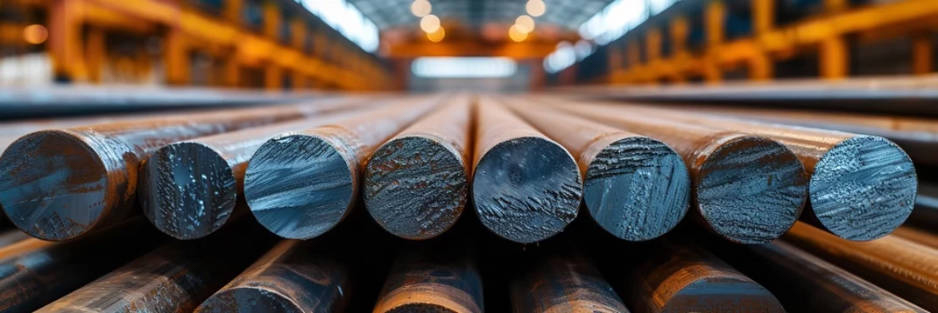
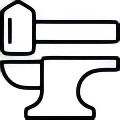
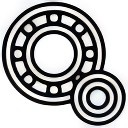

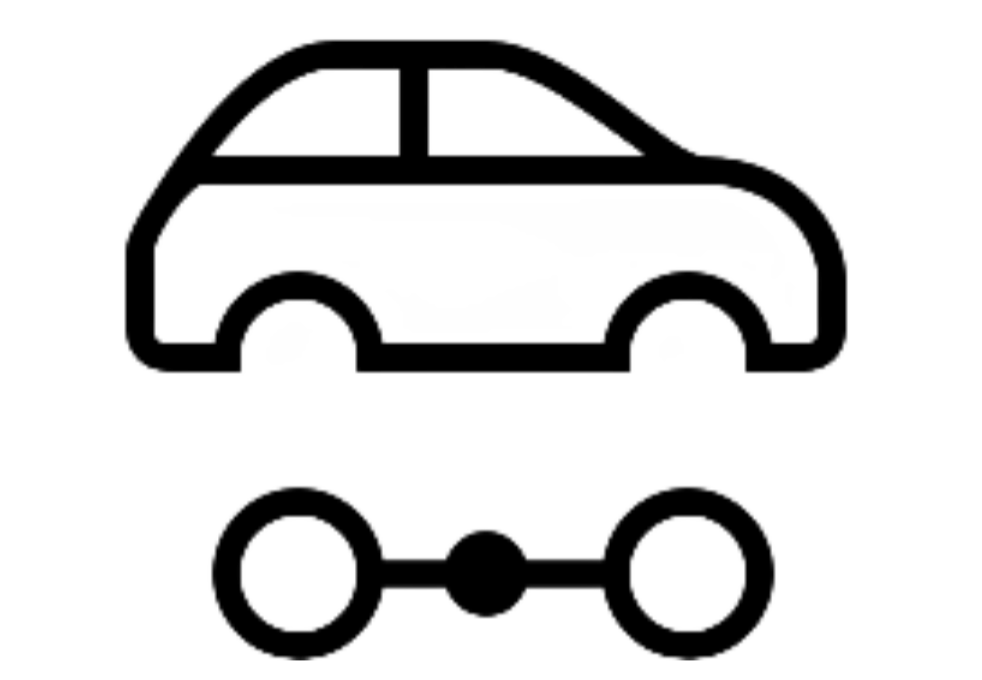
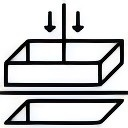


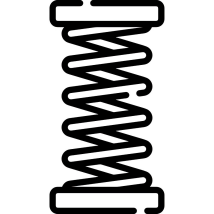

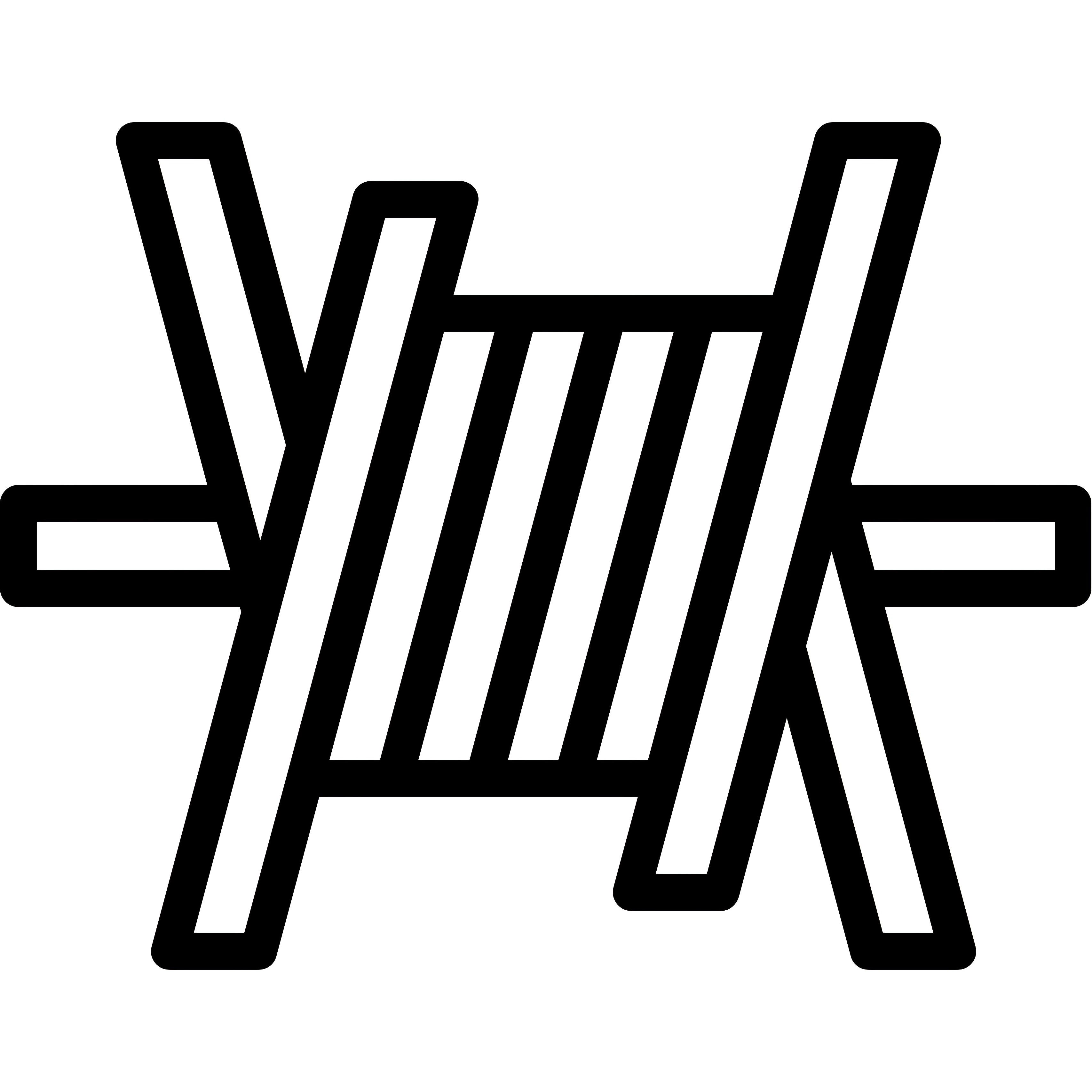

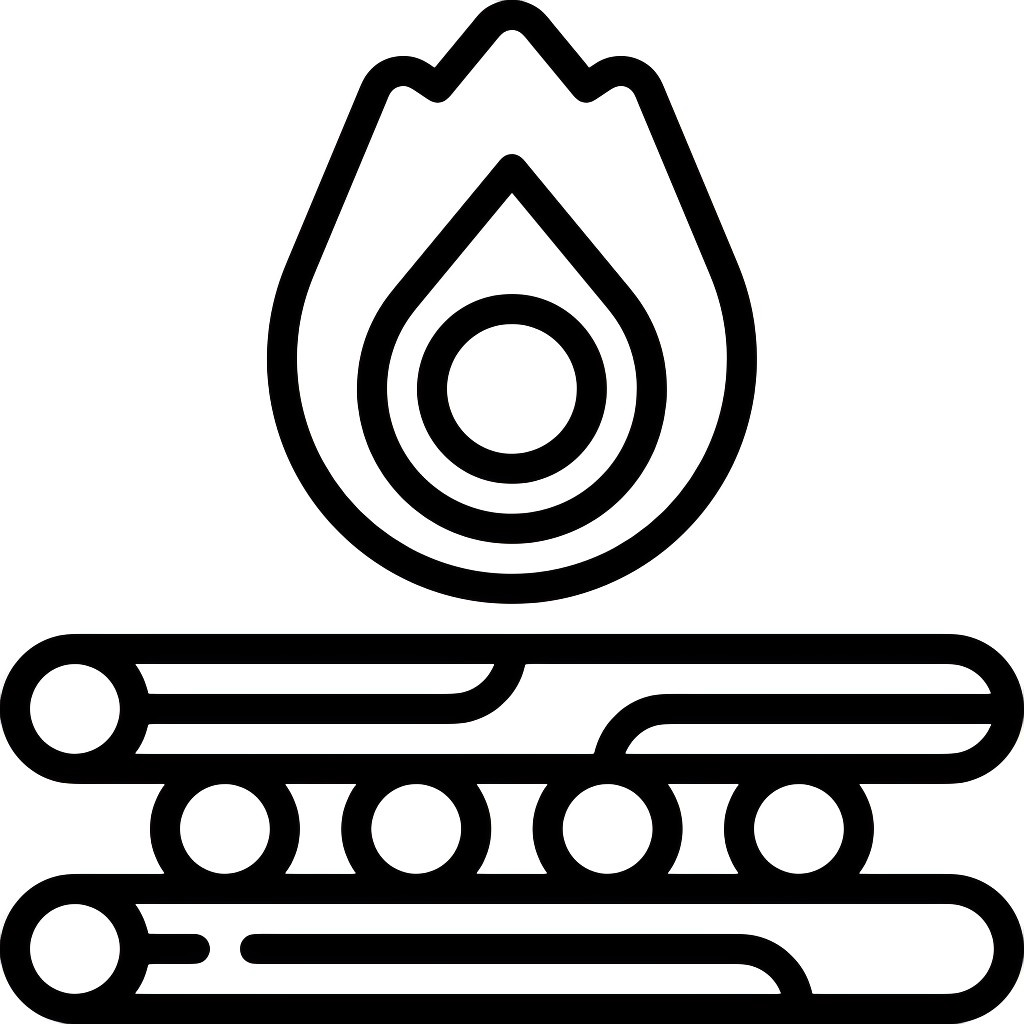

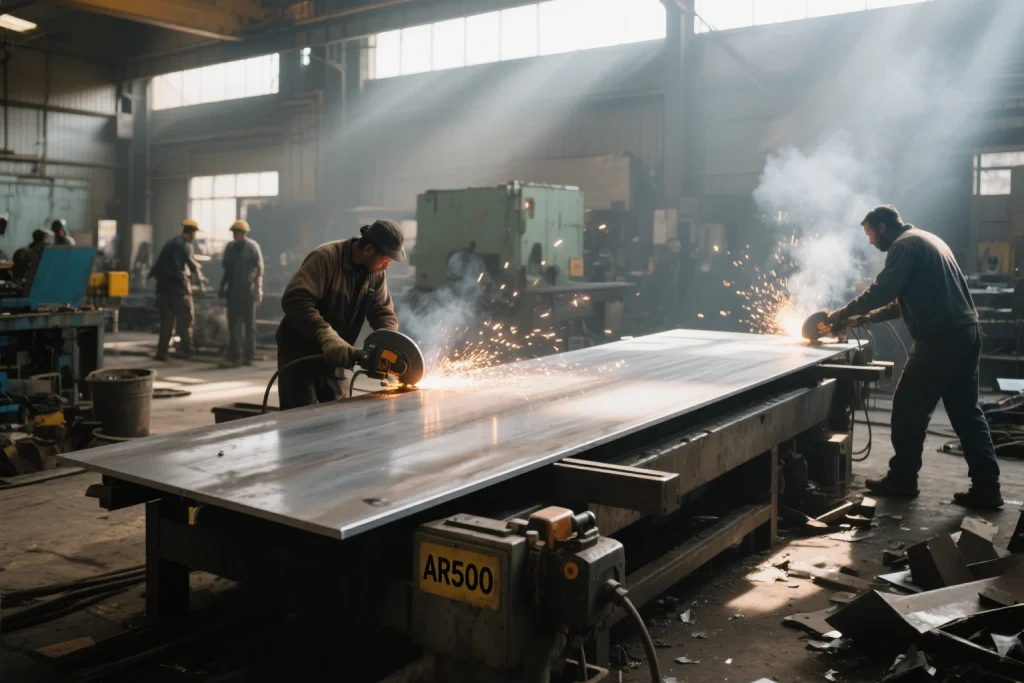
.webp)



